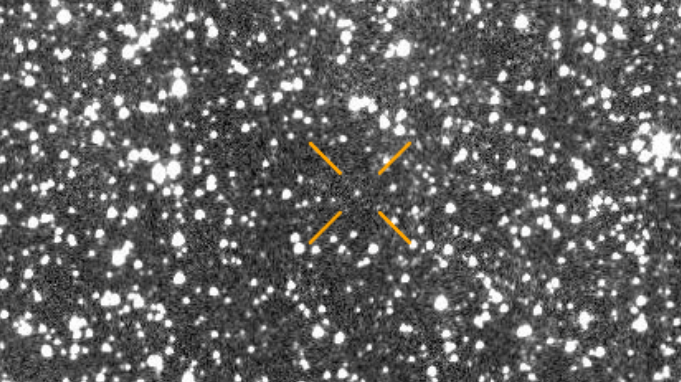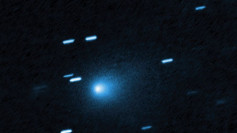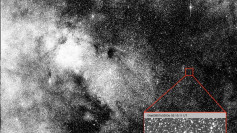Astronomers have confirmed that the mysterious radio signals from the interstellar object 3I/ATLAS are of natural origin, ruling out speculation that it might be an alien probe. The analysis, released this week following detailed observations using South Africa's MeerKAT radio telescope array, brings closure to a wave of online theories that followed the object's reappearance from behind the Sun in late October.
The discovery initially gained viral attention when the MeerKAT array recorded faint radio absorption lines from 3I/ATLAS-at 1.665 and 1.667 gigahertz-frequencies never before observed in such an interstellar visitor. For several days, the unusual pattern fueled debate among astronomers and enthusiasts, recalling the controversy surrounding 2017's Oumuamua, another interstellar traveler once suspected of being an artificial object.
Researchers quickly noted that the detected signals correspond to hydroxyl radicals-chemical byproducts formed when sunlight breaks apart water vapor in a comet's halo, known as the coma. Those OH lines are a well-documented indicator of cometary outgassing, a natural process in which frozen gases sublimate as the object warms while approaching the Sun. The readings, scientists said, were not transmissions but standard absorption signatures.
"It looks like a comet and it behaves like a comet. There is no reason to think it is something else," a planetary scientist told The Guardian, summarizing the consensus across the research community.
The object's visible coma, extended dust tail, and hyperbolic trajectory all point to natural origins. Astronomers emphasized that its motion through space shows no sign of powered maneuvering or artificial propulsion. Instead, its path and activity match those of other icy bodies expelled from distant star systems.
Despite the clear data, speculation persisted online, partly spurred by commentary from Harvard astrophysicist Avi Loeb. Loeb highlighted 3I/ATLAS's unusually high carbon dioxide-to-water ratio and its atypical light polarization, arguing these anomalies could, in theory, hint at something engineered. Other astronomers pushed back, noting that "anomalous" in astrophysics simply means uncommon, not artificial.
The latest peer-reviewed analysis supports the natural explanation, finding that 3I/ATLAS's radio behavior aligns closely with that of comets within our own Solar System. The object's emissions, scientists confirmed, arise from molecular interactions rather than technological sources.
Researchers continue to study why the comet contains such a high concentration of carbon dioxide and how its dust particles scatter light differently from known examples. These unanswered questions keep 3I/ATLAS scientifically intriguing but do not suggest intelligent design.




